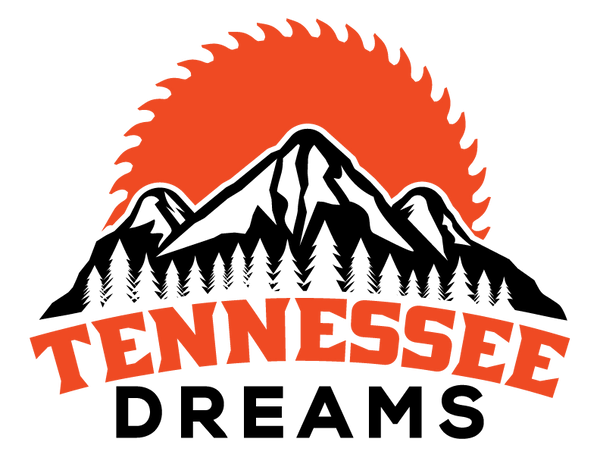FAQs
Frequently Asked Questions - Wooden Boards and Coasters
Charcuterie Boards
1. What are charcuterie boards made of?
Charcuterie boards are typically made of high-quality hardwoods, such as maple, walnut, or acacia, known for their durability and natural beauty.
2. How do I clean my wooden charcuterie board?
Use a damp cloth or sponge to wipe the surface of the board. Avoid immersing it in water or soaking it for an extended period. After cleaning, dry it thoroughly with a clean towel.
3. Can I use soap to clean my wooden charcuterie board?
It is generally recommended to avoid using soap, as it can leave behind residue or alter the taste of food. Instead, rely on hot water and gentle scrubbing if necessary.
4. How do I remove stains from my charcuterie board?
If your charcuterie board has stubborn stains, you can create a paste using baking soda and water. Gently rub the paste onto the stained area, then rinse and dry the board thoroughly.
5. Do I need to oil my wooden charcuterie board?
Yes, it is essential to regularly oil your charcuterie board to keep it in optimal condition. Apply a thin, even coat of food-grade mineral oil or specialized cutting board oil and let it absorb overnight before wiping off any excess.
6. How often should I oil my wooden charcuterie board?
It is recommended to oil your charcuterie board every 1-2 months or when the wood appears dry or dull. Oiling frequency may vary depending on use and environmental conditions.
7. Why does my board feel rough?
What you are experiencing is raised grain. Raised grain may cause the wood to feel rough and can occur after a few uses. Before applying Board Butter, lightly sand the cutting board with 220-400 grit sandpaper.
End Grain Cutting Boards
1. What are end grain cutting boards?
End grain cutting boards are made by arranging the wood pieces with their grain ends facing upward. This construction provides excellent durability, knife-friendliness, and self-healing properties.
2. How do I clean my wooden end grain cutting board?
Wash the cutting board with warm, soapy water using a gentle sponge or cloth. Rinse thoroughly and dry it with a clean towel. Avoid soaking the board or placing it in the dishwasher.
3. Can I use soap on my wooden end grain cutting board?
Yes, mild dish soap can be used to clean the cutting board. Ensure thorough rinsing to remove any soap residue.
4. How do I remove odors from my end grain cutting board?
Sprinkle coarse salt on the board's surface, rub it gently, and let it sit for a few minutes. Rinse off the salt and dry the board thoroughly. Lemon juice can also be used to neutralize odors.
5. Do I need to oil my wooden end grain cutting board?
Yes, regular oiling is essential to maintain the condition of your wooden end grain cutting board. Apply food-grade mineral oil or specialized cutting board oil to keep the wood moisturized and protected.
6. How often should I oil my wooden end grain cutting board?
It is recommended to oil your end grain cutting board every 1-2 months or when the wood appears dry. Oiling frequency may vary depending on use and environmental conditions.
7. Why does my board feel rough?
What you are experiencing is raised grain. Raised grain may cause the wood to feel rough and can occur after a few uses. Before applying Board Butter, lightly sand the cutting board with 220-400 grit sandpaper.
Cheese Boards
1. How do I clean my wooden cheese board?
Wipe the cheese board with a damp cloth or sponge. Avoid using soap or immersing it in water. Dry it thoroughly after cleaning.
2. Can I cut directly on the wooden cheese board?
While wooden cheese boards are suitable for serving and displaying cheese, it is recommended to use separate knives or cheese cutters for cutting to prevent damaging the board's surface.
3. Can I put my wooden cheese board in the dishwasher?
No, wooden cheese boards should not be placed in the dishwasher. Hand wash them with warm water and mild soap, if necessary, and dry them properly.
4. Why does my board feel rough?
What you are experiencing is raised grain. Raised grain may cause the wood to feel rough and can occur after a few uses. Before applying Board Butter, lightly sand the cutting board with 220-400 grit sandpaper.
Coasters
1. What are wooden coasters used for?
Wooden coasters are used to protect surfaces from heat, moisture, and potential scratches caused by hot or cold drinks.
2. How do I clean my wooden coasters?
Wipe the wooden coasters with a damp cloth or sponge. Avoid immersing them in water or using harsh chemicals. Dry them thoroughly after cleaning.
3. Can I place hot or cold drinks directly on the wooden coasters?
It is recommended to use coasters as a protective barrier between the wooden surface and hot or cold beverages to prevent potential damage from heat or condensation.
4. Can I put my wooden coasters in the dishwasher?
No, wooden coasters should not be placed in the dishwasher. Clean them by wiping with a damp cloth or sponge and let them air dry.
